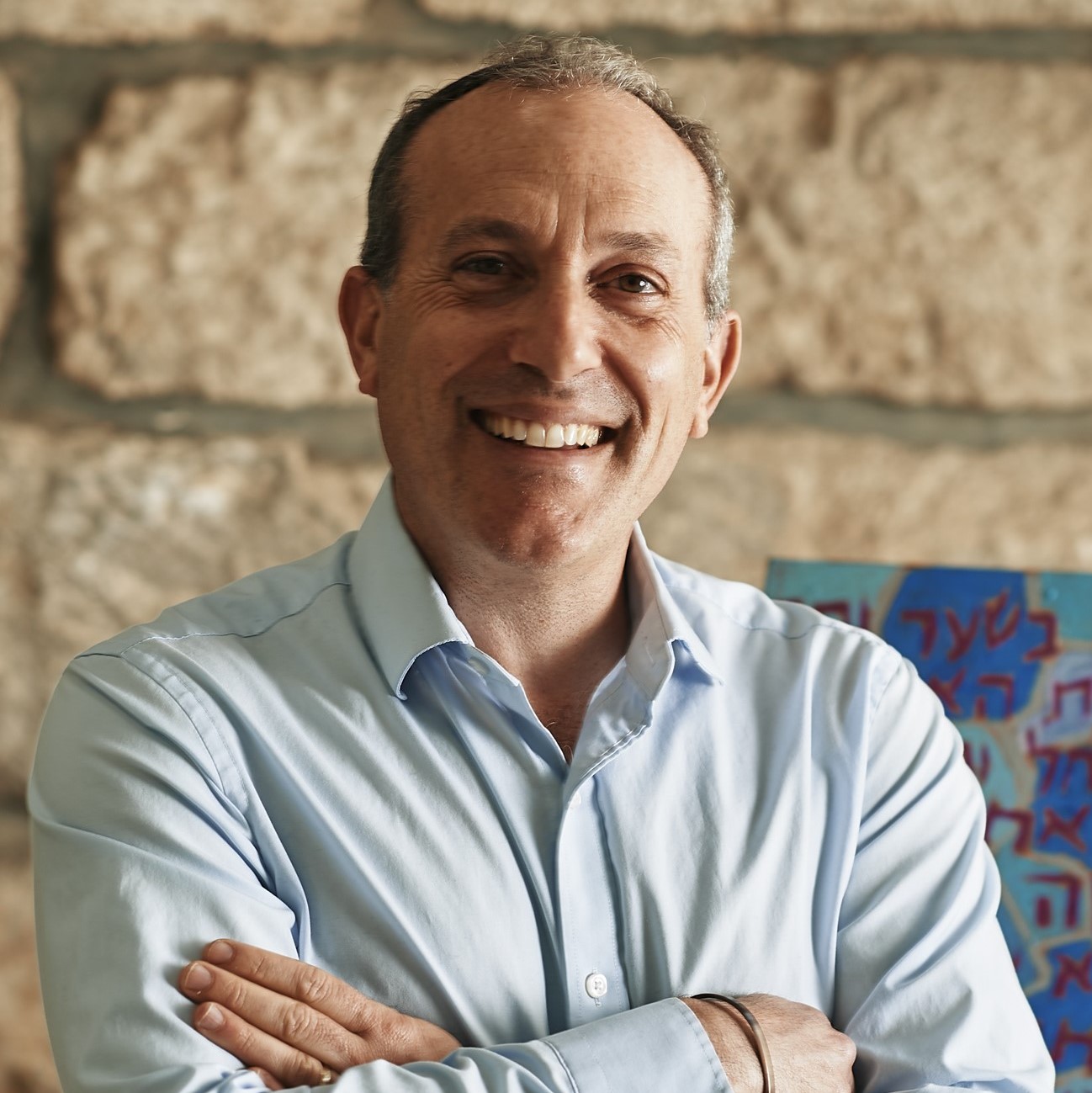The Tabernacle: Divinity and Practicality

Parashat Terumah opens dramatically with a building campaign. God commands Moses to solicit an array of colorful materials and gifts with an eye toward building a Tabernacle. It is this space that will contain the Presence of God in the midst of the people as they journey through the desert and on to the Promised Land of Israel. Most notably, far from being the work of one or two talented Israelites, the Tabernacle is a communal project demanding communal participation. Only through such involvement will God’s Presence ultimately rest among the people. Yet, at the same time, the material aspect of this parashah is a far cry from the moment of revelation at Sinai only a few weeks ago. The fire and brimstone of Sinai have given way to, quite literally, the “nuts and bolts” of building a home for God. How are we to understand the role of the Tabernacle, then and now?
Professor Ze’ev Falk connects our parashah with Sinai. He writes,
[T]his section emphasizes that God showed Moses the Tabernacle and all its appurtenances (Exodus 28:9), all of the tools (28:40), the Tabernacle (26:30), and the altar (27:8). In this way, a connection is made with the previous Torah readings since Moses ascended to the mountain and he was there for forty days (24:18). This gives legitimacy to the Tabernacle and its appurtenances as they were part of Revelation on Sinai. Perhaps it is also possible to feel the gradual distancing that takes place from the mountain. (Divrei Torah Ad Tumam, 202)
Sinai is clearly the moment of Revelation for the Israelites. God’s Immanence overwhelms the people as they stand by ready to receive the teachings of Torah. But this moment cannot be sustained. Moses must come down from the mountain and the people must take leave of Sinai. The Tabernacle becomes a vital symbol of transition. At Sinai, the Israelites are given the raw materials of the life they will build together. Not only are they gifted with laws toward creating a moral and ethical life, but they are also handed the blueprints of the Tabernacle. The design is divine, but its execution is the work of human hands. Moses is shown the plans firsthand, but now the Israelites translate the Godly vision into reality. More than a dwelling place for God, the Tabernacle becomes a powerful model of divine vision mediated through human participation. God and Moses’s vision elevate the biblical Israelites and modern-day Jews to lead sacred lives that truly become the dwelling place of God.
The publication and distribution of A Taste of Torah are made possible by a generous grant from Sam and Marilee Susi.



